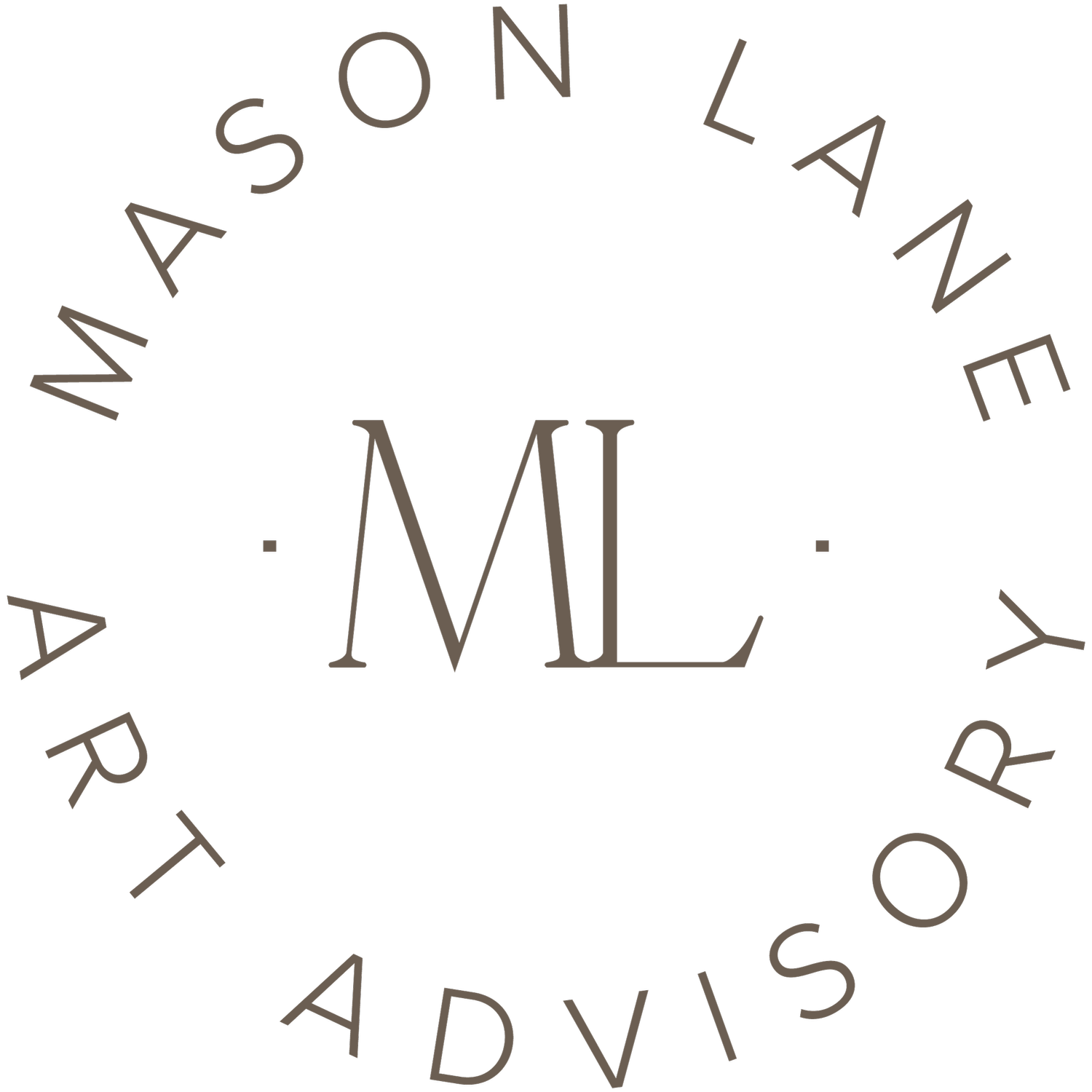Highlights from the 2025 Art Market Report
The Arts Economics research group just released their 2025 art market report, in partnership with Art Basel and UBS. It’s incredibly thorough, complete with qualitative and quantitative data, and it addresses historic and projected future activity in diverse areas of the art market. The findings were shared this week in New York at an intimate panel discussion between key market professionals. Timing of this event was particularly important, as it came on the heels of tariff announcements and amidst extreme stock market drops. Here are the highlights we noted during our one hour with Noah Horowitz (CEO of Art Basel), Dr. Clare MacAndrew (report author and founder, Arts Economics), Ulrike Hoffmann-Burchardi, CIO Global Equities, UBS Global Wealth Management, Steve Henry, Senior Partner, Paula Cooper Gallery, and Tim Schneider, Founder, The Gray Market.
Sales of artworks selling over $1 million, along with those categorized as “ultra contemporary” dropped in the past year. Collectors are buying at a lower level and buying less speculative works.
Performance in the $50k and under strengthened with more people buying more of this work.
Gallerists tend to expect this year’s market volatility to be comparable to last year’s.
Political and economic uncertainty is the key driver of a slowing upper echelon of the art market.
In 2024, there was a supply issue with secondary market art; fewer collectors with significant artworks were selling, likely waiting to gain a better sense of economic stability before letting go of these assets.
The ability for countries to trade art with little to no import/export tax has historically contributed to huge art market growth. Countries with relatively higher import/export tax have significantly smaller and more contained art markets.
In the US, there is a First Amendment import tax exemption on fine art, which drives the important exchange of culture and ideas, as well as the US’ key role in the global art market.
Tariffs are therefore unlikely to directly impact global art buying, but they are expected to have huge indirect effects as other international goods become more expensive, reducing collectors’ buying power.
The global art market grew significantly after COVID so a downturn can be seen as a natural and expected leveling off.
The degree of any downturn highly depends on how quickly global relationships and tariff issues can be resolved.
It’s important to note that the art market is diversified, and different sub-markets are changing in unique ways; confidence in Asia, and attendance at Art Basel Hong Kong, was up significantly during Q1. The Australian art market, while small, has also seen growth so far in 2025.
The New York auction sales happening in May will be a useful barometer of art buyer and seller sentiments.
Market confidence (in the art world and beyond) can change quickly; As quickly as people have responded to political and economic changes with pessimism, they can respond with optimism as conditions change.
The cost of art fairs is going up and sales at fairs are going down. This is a challenge major art fairs are working to navigate.
Many sectors of the art market are focused on cultivating new collectors so those buying at the $50k and under level are not just buyers today, but collectors of the future.
Amidst social media and artists’ ability to self promote through new channels, the gallery still has a vital role as it is paramount in providing context and longevity for artists.
The Art Market Report Panel in New York.
We recognize this is simply a collection of bullet points, though those we have included relate to every single type of person in the art ecosystem from artists to galleries, truckers, insurers and more. We hope these highlights are helpful, and check out Arts Economics’ full report here.

